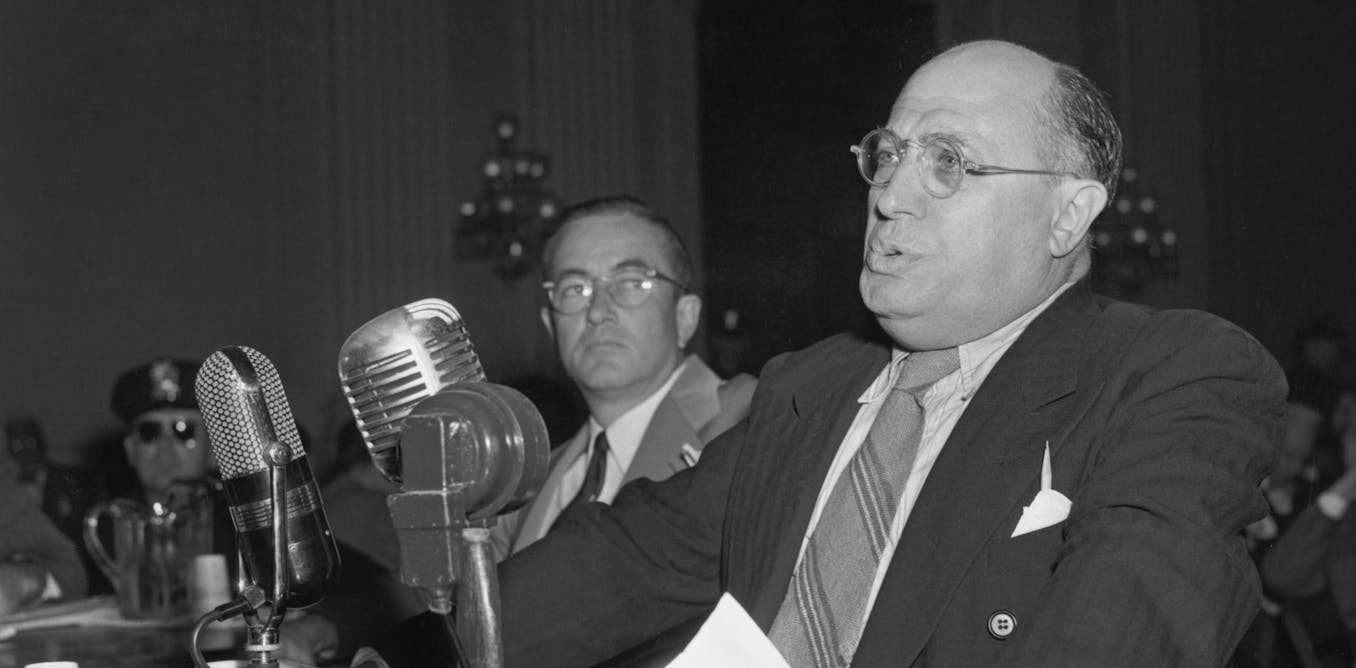How did 'escape velocity' contribute to the idea of black holes?
The concept of escape velocity has contributed significantly to our understanding of black holes. In the 1780s and 1790s, scientists were already pondering the idea of escape velocity, which is the speed required to completely break free from the gravitational pull of an object. For example, the escape velocity from the surface of the Earth is approximately 8 meters per second, while for the sun, it is around 400 meters per second due to its larger mass.
As scientists began considering more massive objects like giant stars, they realized that the gravitational pull at the surface of these stars could become so strong that the escape velocity would exceed the speed of light. This realization led to the concept of black holes, where the gravitational pull is so immense that even light cannot escape it.
This video delves into the relationship between escape velocity and the idea of black holes, showcasing how a fundamental concept in physics has contributed to our current understanding of these mysterious and fascinating cosmic phenomena. It showcases the progression of scientific thought and discovery, bringing the audience on a journey through the history of this concept and its impact on our understanding of the universe.
Watch the video by Big Think
The idea of black holes goes back a long way actually back into the 1780s and 1790s and they were thinking in terms of an idea called escape velocity the escape Velocity is the speed you have to travel to completely escape the gravitational pull of something so for the Earth for example the escape
Velocity from the surface of the Earth is around 8 m a second if you go bigger you make a bigger more massive thing let’s go to a star for example like the sun it’s somewhere in the region of 400 m a second the escape velocity increases because the gravitational pull at the surface
Increases and if you go bigger can you imagine more and more massive stars giant Stars such that the gravitational pull is so large at the surface that the escape Velocity exceeds the speed of light and then you wouldn’t be able to see them
Author Video Description
The idea of black holes goes back to the 1780s and 1790s. There were two physicists working at the time that had the same idea independently of each other. One was a clergyman called John Michell and the other was the great French mathematician, Pierre-Simon Laplace. And they were both thinking in terms of an idea called ‘escape velocity.’ The escape velocity is the speed you have to travel to completely escape the gravitational pull of an object. Physicist Brian Cox on how escape velocity lead to the idea of black holes.
About Big Think
Big Think is the leading source of expert-driven, actionable, educational content — with thousands of videos, featuring experts ranging from Bill Clinton to Bill Nye, we help you get smarter, faster. Get actionable lessons from the world’s greatest thinkers & doers. Our experts are either disrupting or leading their respective fields.
Video “How did 'escape velocity' contribute to the idea of black holes?” was uploaded on 01/05/2024 to Youtube Channel Big Think

































